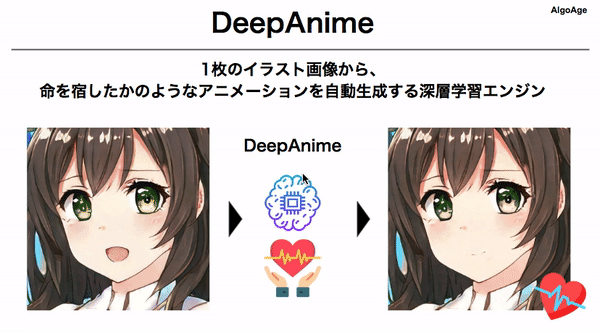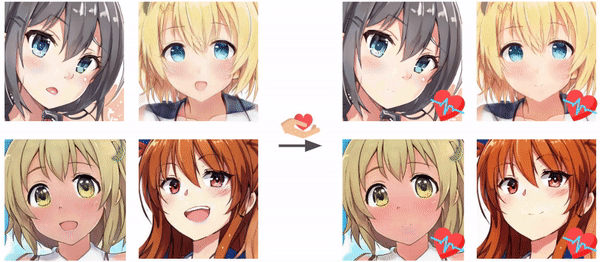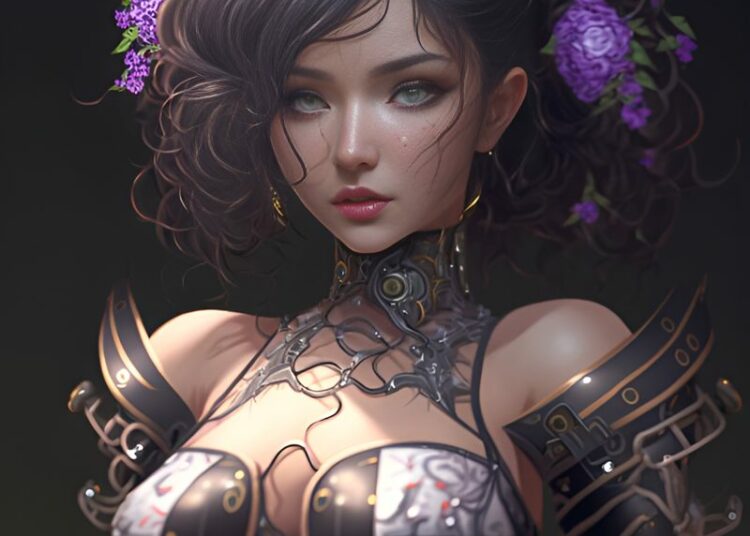Illustration and animation can easily be considered two sides of the same coin. Despite being very different skillsets, they connect back and forth between each other to create the anime and video games we love so much. AlgoAge, though, is making the gap between those two fields a bit smaller with their latest release, an AI animation program called DeepAnime.

AlgoAge utilizes burgeoning scientific fields like deep learning and generative adversarial networks, or GANs, to create their software. Basically, they create software that examines a huge amount of input data like images or audio, then breaks down the common aspects of that data into individual parts in order to help the program spot similarities and differences between each image or recording. With all of that data, GAN’s can then automatically create new and unique artwork by combining these example pieces in an endless variety of ways.
You’ve seen this in practice before. Whether it’s deepfake videos of Nicolas Cage replacing every Hollywood actor or a website that automatically creates brand new anime girls, the technology has been in use for a while now. AlgoAge takes it one step further, though, with their new software DeepAnime.
Using DeepAnime, you can select a picture of an anime girl’s face, upload an audio clip, and then have the software automatically math up the mouth movements of the character with the supplied audio. It even adds blinking eye movements automatically.

The applications of DeepAnime are immediately obvious for things like visual novels. In recent years, RPG cutscenes and visual novels have made use of Live2D characters to have static character illustrations dynamically move around and flap their lips during dialogue. Combined with DeepAnime, though, you can have characters seamlessly match up their mouth movements to their dialogue with the click of a button for even more immersive stories.
DeepAnime is still in early development, and hasn’t been made available for distribution yet. AlgoAge is still hard at work ironing out issues and fleshing the software out. Once the software is completed, though, it’s sure to revolutionize game development in a major way.











